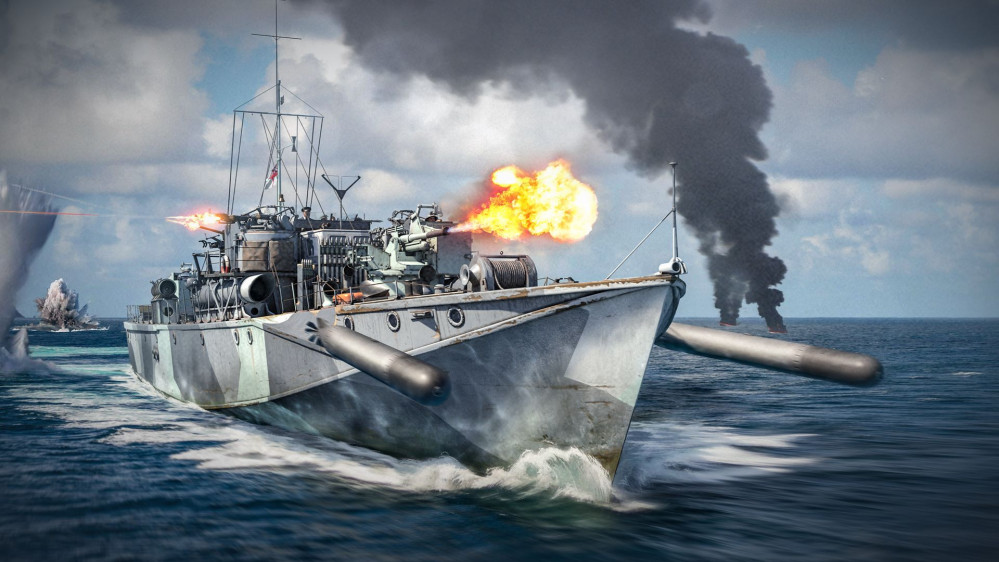
Bob C's Everything you Didnt Want to Know about British Coast Forces and how to play them.
Part 2 Long and Short boats
To make British Coastal Forces even more confusing when then have the types broken down to Long or Short boats which could appear in nearly all the major coastal force types.
MTB’s, MGB’s and ML’S.
The short boats are probably the ones most people are familiar with and include both the Revell and Airfix MTB’s the RAF rescue launch etc. Ranging from 60′ at the start of the war to 73′ ft at the end. On the whole built by 2 main companys Vosper and British Power Boat or BPB, with the former producing MTB’s and the later initially MASB’s becoming MGB’s and later excellent MTB’s
The Vospers designs increased in size as the war progressed for 70′ to the 72.5 shown above and finally the 73 ft design shown earlier in the Airfix version.
All the boats armament increased as engines got more powerful eventually would become heavily armed mounting 6pdrs/2pdrs and mulitple Orliken 20mm in both unpowered and powered variants, until most boats carried as standard a Semi auto 6pdr on the bow, and powered or unpowered twin 20mm amidships and various .5 and 303 machine guns usually mounted on the tubes
Whilst Vosper concentrated on MTB’s , British Power Boat worked on MGB’s
developing the pre wars MASB , as it was found that aircraft were more than capable of keeping U-boats out of coastal waters , their 1st MGB’s were mainly variations of this design, but even these were found to have insufficient armament to counter the e-boat menace. By 1942 a new more powerful 71ft design was introduced initially armed with a 2pdr pom pom on the bow and a power operated 20mm orlikion in a powered turret set high and capable of firing over the bridge. Eventually this design was converted into what became possibly the most effective of the short designs mounting 2x torps 1 x6 pdr and a twin Orliken similar to the Vosper Mk 2 73 ft boats.
The long boat came about as the above had generally been to lightly armed to deal with e-boats and were an attempt to rectify the problem by building a bigger boat and the Fairmile company was approached.
As it happened shortly before WW2 the British industrialist Noel Macklin had already submitted to the Admiralty an innovative plan for the series production of a an ML. The design used prefabricated parts, which allowed various small concerns, such as furniture and piano manufacturers, to produce the individual components. These components could then be assembled in separate shipyards. The hull was to be made of double diagonal maghony planking with plywood frames divided into nine watertight compartments.
Initally the Navy rejected the concept, but the prototype was built as a private venture. In July 1939, two months before the outbreak of war, the Admiralty had a change of heart and awarded Macklin a contract to build eleven further Type A Fairmiles.
From this small start 3 more types of long boat were developed
The Fairmile B Motor Launch
Using the same pre faricated design idea Bill Holt from the admiralty came up with the idea for a different type of long boat base on based on the lines of a destroyer hull Fairmile took up the idea and took over the design.
Over 600 were built and as previouslty mentioned they served pretty much all over the world and in most of the Commonwealth Navies and 16 the 18 motor boats sent on the St.Naziare raid, losing 12 of their number due to their light frames. Some of them became slow MTBS for the raid as they were given torpedoes for targets of opportunity.
They were pretty much maids of all work , escorting convoys , minelaying, acting as navigation guides during the Normandy Invasion etc.
- The Fairmile C MGB
Pretty much intermediate design learning from mistakes on the Fairmile A , 24 boats were built and were used for close escort work , 5 were lost during the war one MGB 314 being the sole MGB at St Naziare which although heavily damaged survived the battle, but was later scuttled on the way home to prevent capture by the Germans.









































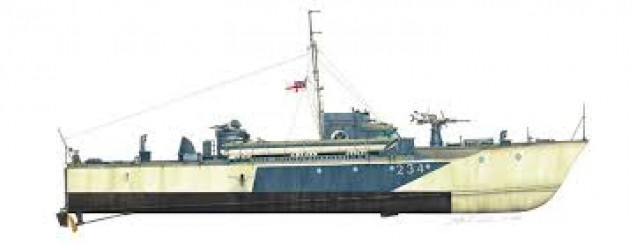
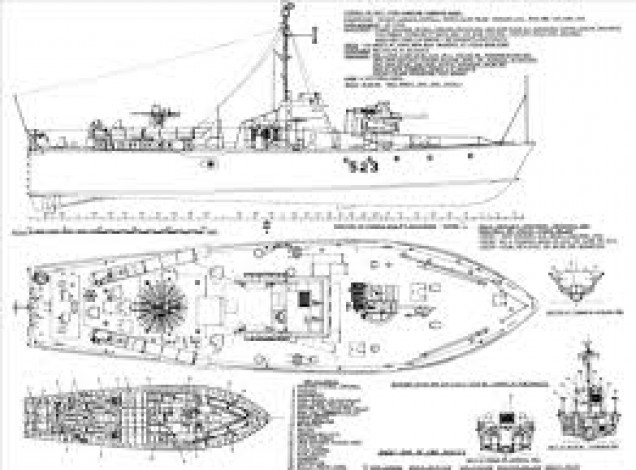
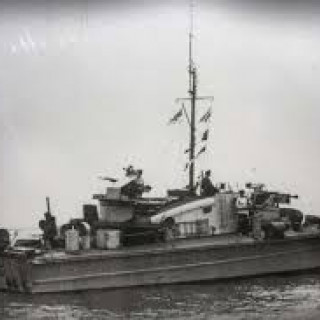

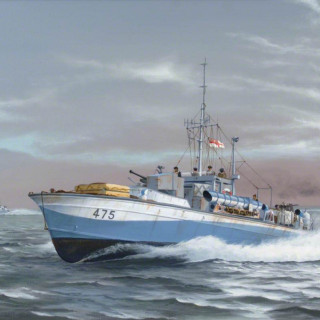

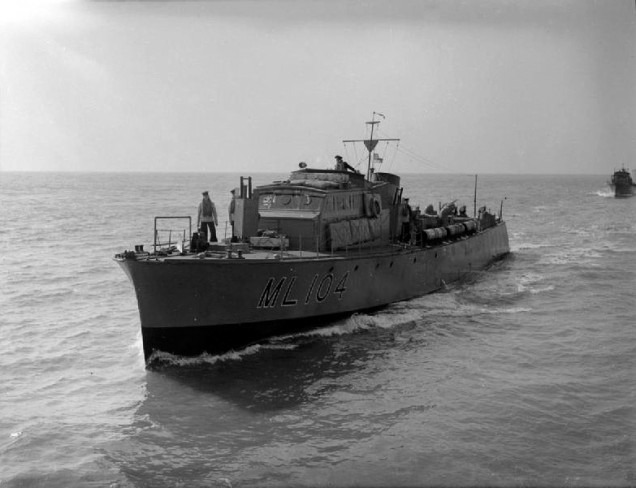
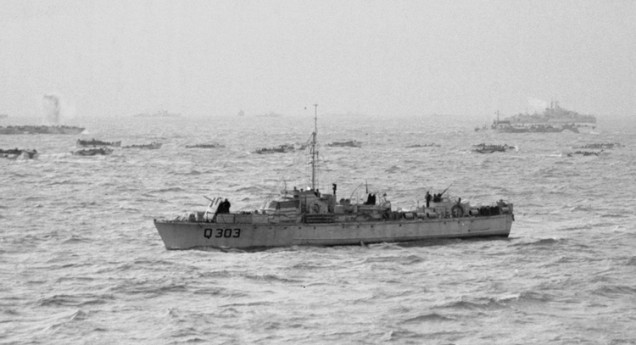
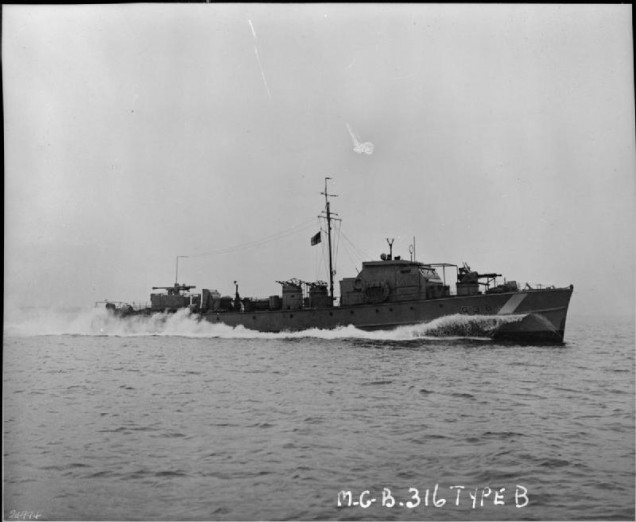

































Leave a Reply